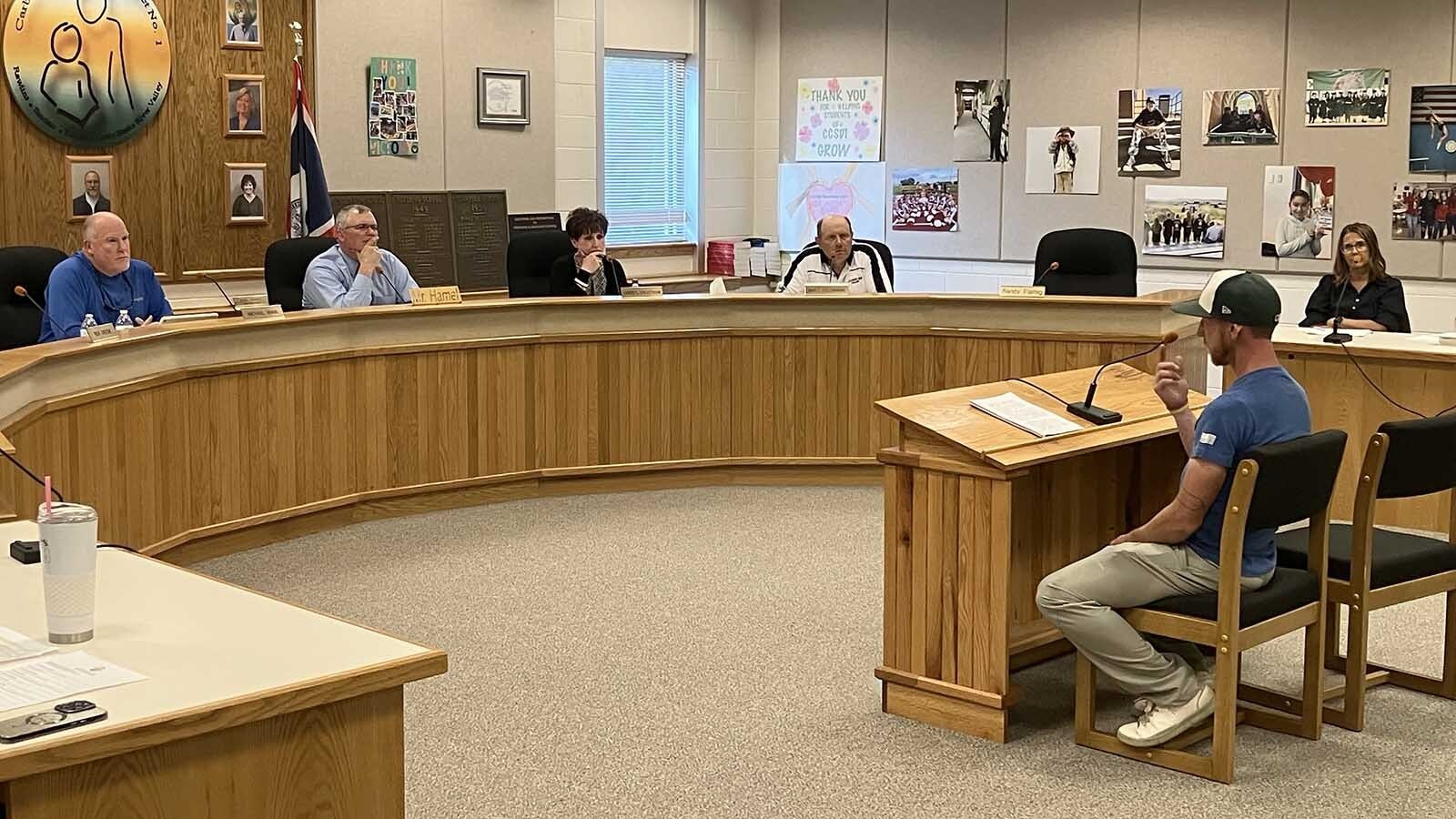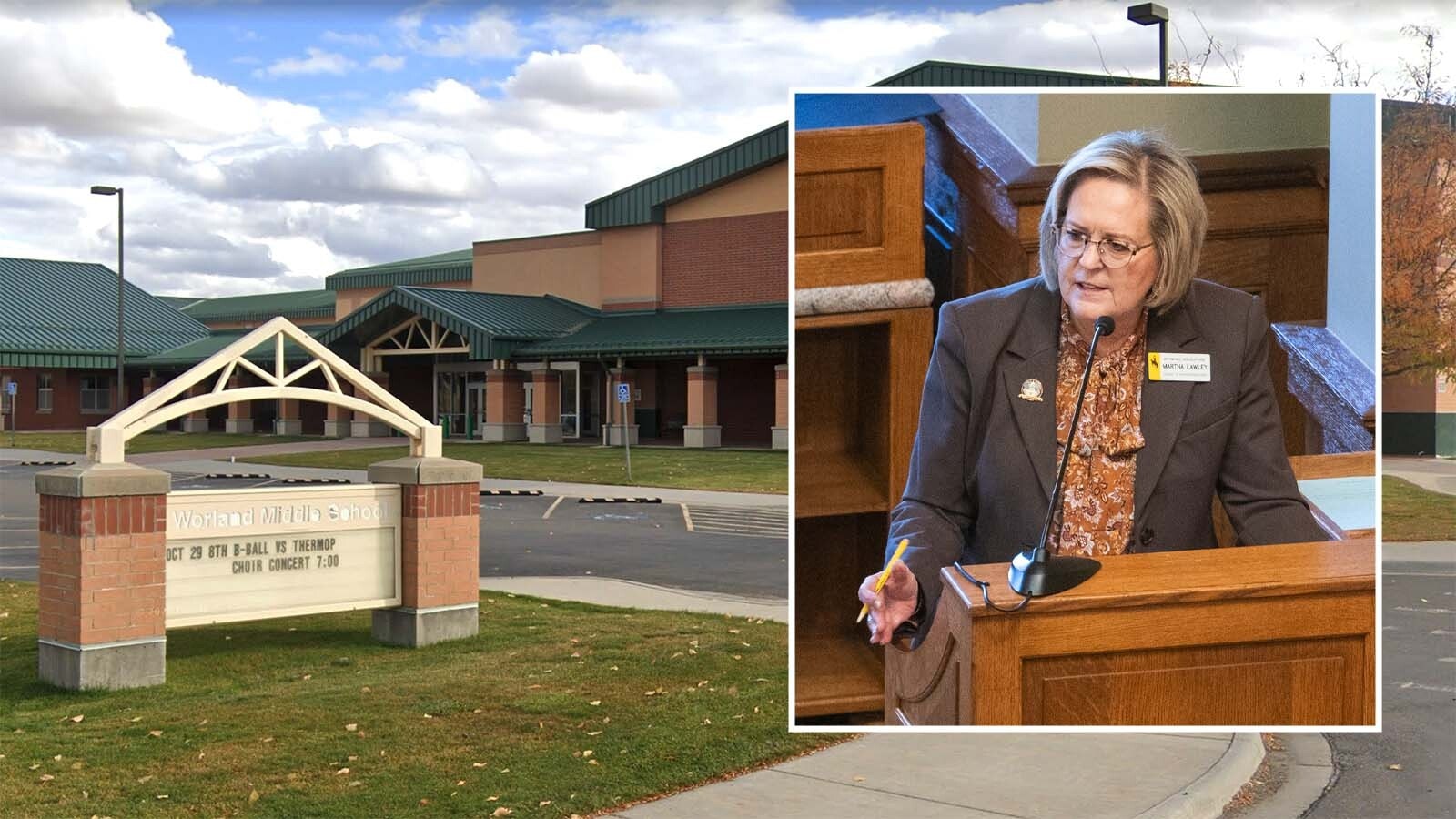A University of Wyoming professor is part of an effort to determine how animals change their habitats to deal with changing weather conditions.
Michael Dillon, an associate professor in the zoology and physiology department, was part of a research group that found animals’ ability to adapt to changing conditions likely depends on how well they modify their habitats, such as nests and burrows.
Dillon co-authored a paper, titled “Extended Phenotypes: Buffers or Amplifiers of Climate Change?,” that was published Tuesday in Trends in Ecology & Evolution, which publishes commissioned, peer-reviewed articles in all areas of ecology and evolutionary science.
The lead author of the paper is Arthur Woods, a biological sciences professor at the University of Montana. Other contributors to the paper were from the University of Tours in France and Stellenbosch University in South Africa.
The researchers found that birds build nests to keep eggs and baby nestlings warm during cool weather, but also make adjustments in nest insulation in such a way the little ones can keep cool in very hot conditions.
Mammals, such as rabbits or groundhogs, sleep or hibernate in underground burrows that provide stable, moderate temperatures and avoid above-ground conditions that often are far more extreme than inside the burrow.
The study investigated extended phenotypes, modifications that organisms such as birds, insects and mammals make to their habitats.
“An extended phenotype can range from simply a hole in the ground occupied by an animal to leaves rolled into cavities by insects, to nests of all shapes and sizes built by birds and mammals, to termite mounds and bee colonies,” Dillon said.
These modifications are important because they change the conditions the organism is living in, which is called a “microclimate.”
Because extended phenotypes are constructed structures, they often are modified in response to local climate variation and, potentially, in response to changing conditions. This process is called plasticity of the extended phenotype.
“One example might be a bird nest that is well insulated to protect eggs or young birds from cold. As climates warm, if the bird does not adjust insulation in the nest, it may, in fact, cause the young to overheat,” Dillon said.
In another example, termites build mounds that capture wind and solar energy to drive airflow through the colony, which stabilizes temperature, relative humidity and oxygen levels.
Microclimates inside the dwelling of an animal or insect typically differ substantially from the climate outside, which means that the climate in an area may provide little information about what animals actually experience in their microhabitats.
As an analogy, although a weather station might tell the public that the temperature in Laramie is 90 degrees, simply by moving from the south to the north side of a building, one can experience microclimates that are strikingly different and often not captured by the weather data, Dillon said.
The same is true of animals of many different sizes.
For example, a moose can move from an open sagebrush landscape to a shaded river corridor to cool off, a snake can move from its hole to a sunny rock to warm up and an insect shuttling between the top and bottom of a leaf can experience temperature differences of more than 20 degrees.
“So, animals use microclimates, both by simply moving but also by building structures, such as nests, burrows, mounds and mines,” Dillon said.





